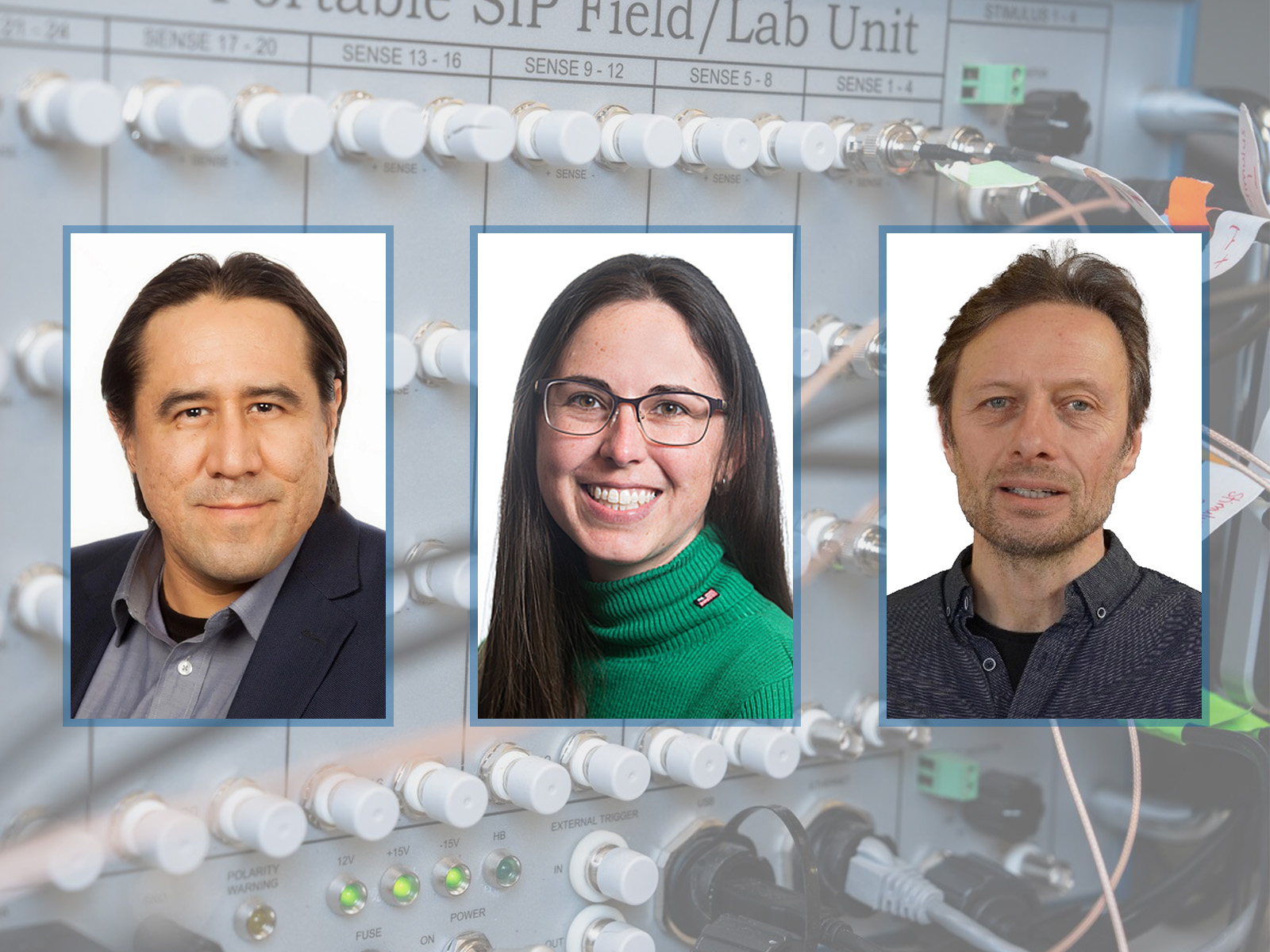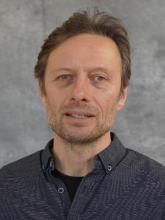RemPlex Seminar: Subsurface Sensing
Learn how spectral induced polarization might be used to enhance the understanding of subsurface processes and improve remediation outcomes at complex sites.
Subsurface Sensing: Advancing Electrical Geophysical Techniques for Non-Invasive Characterization and Monitoring at Complex Sites
Tuesday, June 3, 2025
Recording
Presentation Slides (PDF)
Seminar Abstract

This seminar on June 3 explored the application of geophysical techniques for understanding, characterizing, and monitoring complex remediation sites, with a special focus on the spectral induced polarization (SIP) method.
SIP is an exciting emerging geophysical technology that can offer unique non-invasive information on both the physical and geochemical conditions of the subsurface—particularly in environments where contamination and heterogeneous geological conditions pose significant challenges to collecting data at relevant spatial and temporal scales.
This webinar—“Subsurface Sensing: Advancing Electrical Geophysical Techniques for Non-Invasive Characterization and Monitoring at Complex Sites”—provided environmental scientists, engineers, and practitioners with examples of how SIP might be used to enhance the understanding of subsurface processes and improve remediation outcomes at complex sites.
The presenters highlighted recent advancements in both lab-scale analysis of SIP signals and their field-scale applications, including several case studies. This session was organized in cooperation with the International Atomic Energy Agency.
Presenters

- Dr. Lee Slater, Distinguished Professor Rutgers University-Newark. A brief introduction to the spectral induced polarization geophysical method.
- SIP is an emerging electrical geophysical imaging technology capable of sensing physical properties and biogeochemical processes that remain hidden from conventional electrical resistivity and electromagnetic geophysical methods. SIP is particularly sensitive to the physical and chemical characteristics of mineral-fluid interfaces, meaning that it has the potential to provide non-invasive proxy information on geochemical and microbiological alterations occurring in the Earth. This introductory talk will briefly cover the history of the development of the SIP method, the mechanisms that generate measurable SIP signatures, and the implications for environmental characterization and remediation efforts.

- Dr. Hilary Emerson, Research Scientist and Environmental Engineer, Pacific Northwest National Laboratory. Advancing our laboratory-scale understanding of spectral induced polarization for remediation monitoring.
- In light of the challenges identified for field SIP, laboratory-scale testing will be presented, including design of systematic studies with coordinated characterization to identify the primary mechanisms controlling the SIP response during and after delivery of amendments for remediation. Results will focus on both highly polarizable materials (zero valent iron and sulfur modified iron) and insulating material (apatite) commonly used for in situ transformation and sequestration of contaminants. Attendees will gain valuable insights into the latest advancements in SIP data interpretation and lab-scale developments highlighting how SIP may improve monitoring at complex sites.

- Dr. Adrián Flores-Orozco, Head of Geophysics Institute, TU Wien (Vienna, Austria). Geophysical imaging for the design and evaluation of groundwater remediation strategies.
- Contaminated sites are complex systems commonly related to spatial and temporal changes that cannot be easily resolved through borehole data, e.g., analysis of soil or water samples. Geophysical methods provide cost-effective alternatives that permit the characterization of large areas with high resolution. Geophysical sensors could be fixed on the surface (i.e., in boreholes) to repeat measurements at different times, offering a unique possibility to monitor chemical transformation of contaminants—for instance, to accompanying remediation strategies. In this talk, some examples will be presented where SIP has been applied to investigate the geometry of contaminated sites and to monitor changes accompanying bioremediation and the injection of nanoparticles for aquifer remediation. Building on these results, some of the challenges regarding the interpretation of field signatures (and the necessity of laboratory studies) will be discussed as well as the potential of SIP monitoring to improve the efficiency of groundwater remediation strategies.
Seminar Facilitators
- Nik Qafoku, PhD, RemPlex Deputy Director of Outreach
- Judy Robinson, PhD, Computational Geophysics, PNNL
- Karen P. Smith, RemPlex Deputy Director of Operations